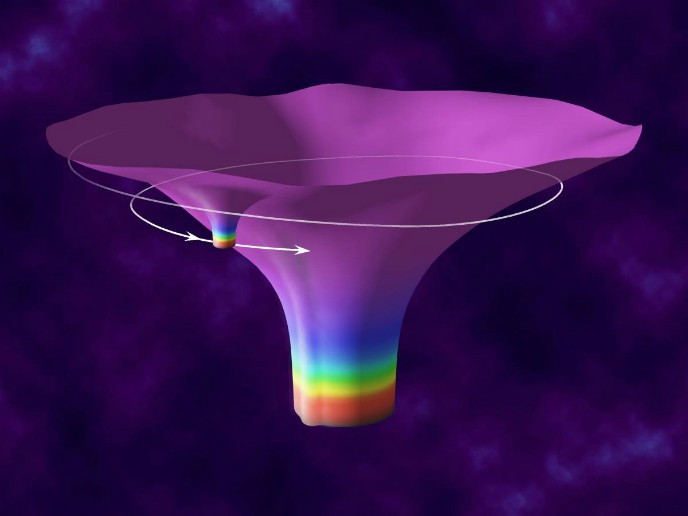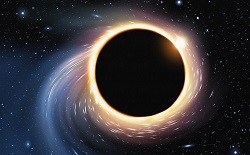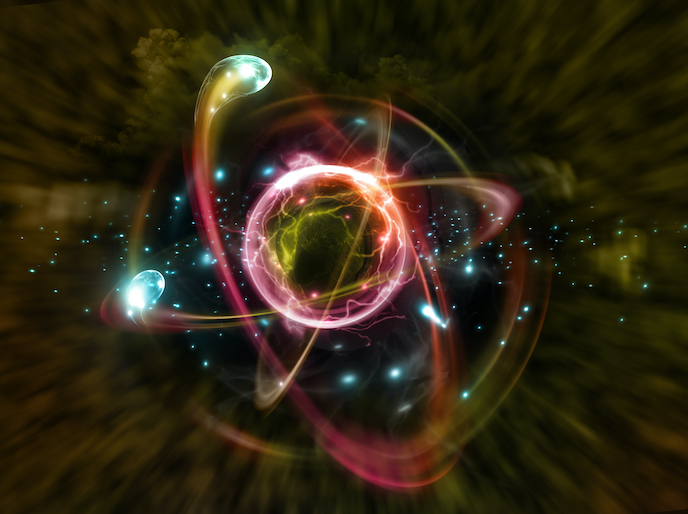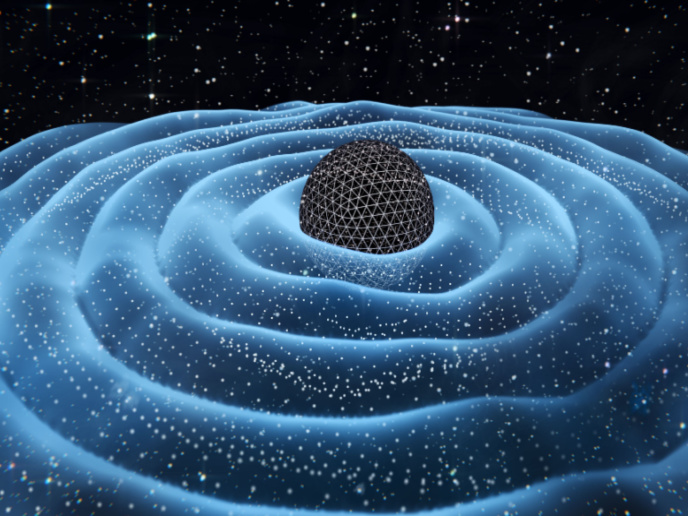Finding form in Einstein’s gravitational waves
Gravitational waves are ripples in space time, caused through the interactions between huge interstellar objects. Travelling at the speed of light, these invisible fluctuations were predicted by Albert Einstein over 100 years ago and detected for the first time in 2015. Gravitational waves are the only form of classical radiation released by black holes, allowing scientists on Earth to detect and study these mysterious, powerful phenomena. “Gravitational waves can be formed in several scenarios, one of the more prominent scenarios being the colliding of two black holes,” explains Anna Heffernan from University College Dublin, lead scientist on the GravityWaveWindow project. Before they collide, two black holes will lose energy out into space – gravitational waves – which allows the orbits to shrink until they crash together, releasing huge torrents of gravitational waves. “The importance of studying such systems is extensive; depending on the size and spin of the black holes, information can be inferred on a cosmological level (when did these black holes form? What was their formation channel? What is the expansion rate of the universe?), astrophysical level (what is the makeup of galaxies? How do galaxies form and grow? Is the evolution of a galaxy tied to its central black hole?) and fundamental level (was Einstein correct? Is there any deviation from general relativity? – Are the gravitational waves as expected?),” explains Heffernan.
Finding form in the waves
The GravityWaveWindow project concentrated on what the waveforms look like. This will help detectors to see the gravitational waves, and aid scientists in gathering precise details hidden within the data. “Once signals are detected, they are compared to the waveform models to extract parameter values – How large were the black holes? Were they spinning? for example,” says Heffernan. The project looked at waveforms from two angles. First, those predicted to arise from systems where one body is about a million times smaller than the other, called Extreme Mass Ratio Inspirals (EMRIs). “These systems are believed to exist in the centre of many galaxies where supermassive black holes live,” says Heffernan. Second, those predicted by a variation of Einstein’s theory of relativity, scalar tensor gravity. Computing waveforms for such alternate theories of gravity will let scientists test these possibilities against past and future waves.
On the shoulders of giants
The project provided precise descriptions of the highly curved space-time around the smaller black holes in EMRIs, which will dramatically speed up the analysis process in future research. And for scalar tensor gravity, Heffernan’s team have developed packages to create necessary calculations to map out the waveforms. The GravityWaveWindow project’s hard work and success will help EU scientists in future space missions, such as the LISA space detector mission that will be launched by ESA in 2034. “One of the things I love about this project is that I wrote the proposal (and it was successfully funded) before the detection of gravitational waves,” Heffernan adds. Recognising the fact that the European Commission, through the Horizon 2020 programme, has that kind of foresight and belief in its researchers, in what we see as the future, Heffernan concludes: “My project and many like it have been funded on the possibility of great science, and not the absolute certainty of it.” This research was undertaken with the support of the Marie Skłodowska-Curie programme.
Keywords
GravityWaveWindow, black holes, colliding, gravitational waves, Einstein, wavelengths







